Many executive and senior leaders are becoming aware they need a responsibility-based culture in which leadership is developed in every person in the workforce. Even so, often they don’t have any idea how to implement such a model that is consistent, scalable, fully distributive, and sustainable.
“An organization’s ability to learn and translate that learning into action rapidly, is the ultimate competitive advantage.” – Jack Welch
Rarely do executive and senior leaders have the opportunity to network with their peers and receive and discuss information relevant to their roles as well as the trends in which they are engaged. In April 2022, as CEO of LifeWork Systems and a business owner for 20 years, I kicked off the first of a 4-part series The Evolving Workplace produced by the Hispanic Chamber of Commerce, St. Louis to meet this gap.
Each session is designed for Executive and Senior leaders grappling with today’s trends. These include diversity, equity, and inclusion, digital transformation, agile practices, or how and why to transform their workplace culture to meet today’s speed of change, complexity, globalization, pandemics, and more, all while engaging their people in the hard work and innovations needed to meet challenges and achieve business objectives. My topic: Steps to Understand and Implement a Responsibility-Based Culture was first in the lineup because people are your greatest asset and key to the success of any organization.
Executives generally know the importance of an engaged workforce. They easily recognize an effective approach versus something that makes the situation worse. Here’s the daunting task…How do you assess, train, impart, and create an engaged workforce process across groups of people? How do you manage, say tens, hundreds, or thousands of employees, across different shifts, in different locations, and get them all engaged in a standardized set of professional behaviors that impact how they treat each other and the clients they serve?
This requires more than a one-time training session or a campaign or a management mandate….it requires a way of life inside of organizations that becomes instilled into each and every person. This then naturally permeates the organization, and each employee is self-managing regardless of whether the CEO or senior team are present or not.
Leaders cannot be everywhere at all times. To have engaged people takes a process and system that involves and supports the entire workforce. Only then does each person do the right thing even when no one else is looking. This can be a formidable task; cultivating responsible, fully engaged employees. Leaders know the importance of this and how it impacts productivity and profitability yet often don’t know how to pull it off, well, consistently, and sustainably.
In delivering my topic Steps to Understand and Implement a Responsibility-Based Culture, all three areas were addressed. I began by focusing on understanding what kind of culture is needed – a responsibility-based one, including how this differs from conventional culture models, and why it should matter to executives.
Many leaders do not know how to assess their current culture practices and what they should transform from, into – so that they create psychological safety, emotional intelligence, and leadership is developed in all, so that their people take initiative, act confidently, and with trust and accountability. Fortunately, due to thought leaders like Simon Sinek, Ken Wilbur, and John Kotter, many executives have been exposed to what kind of culture, but don’t know how to effectively implement a change process to migrate into one.
In the implementation portion of my topic, I emphasized the steps within an immersive process based on flipped classrooms, a best practice from education. Research and the experiences of LifeWork Systems, have demonstrated that recurring and varied engagement with new content is crucial to understanding, retaining, applying, and integrating what’s learned. In my presentation, an emphasis was placed on the importance of mixing all levels so that executives, senior leaders, managers, and supervisors join shoulder to shoulder with each other and frontline staff in being trained, in leading small group sessions on a rotational basis, and engaging in monthly mentoring, including peer mentoring and reverse mentoring.
In addition, I brought with me a client who has been using the LifeWork Systems culture model for six years so he could describe what this approach has meant to his team and his business profitability and performance. He was able to share their progress, discuss improvements, and how they own the process, even founding a culture committee. He answered questions from the audience and shared the importance of a consistent, sustainable implementation and system. To conclude, the executives present were given table questions to discuss amongst one another at the end of the event for optimal value, retention of content, and peer connection.
This article is published in The En Contacto publication produced by the Hispanic Chamber of Commerce, St. Louis in June 2022.




